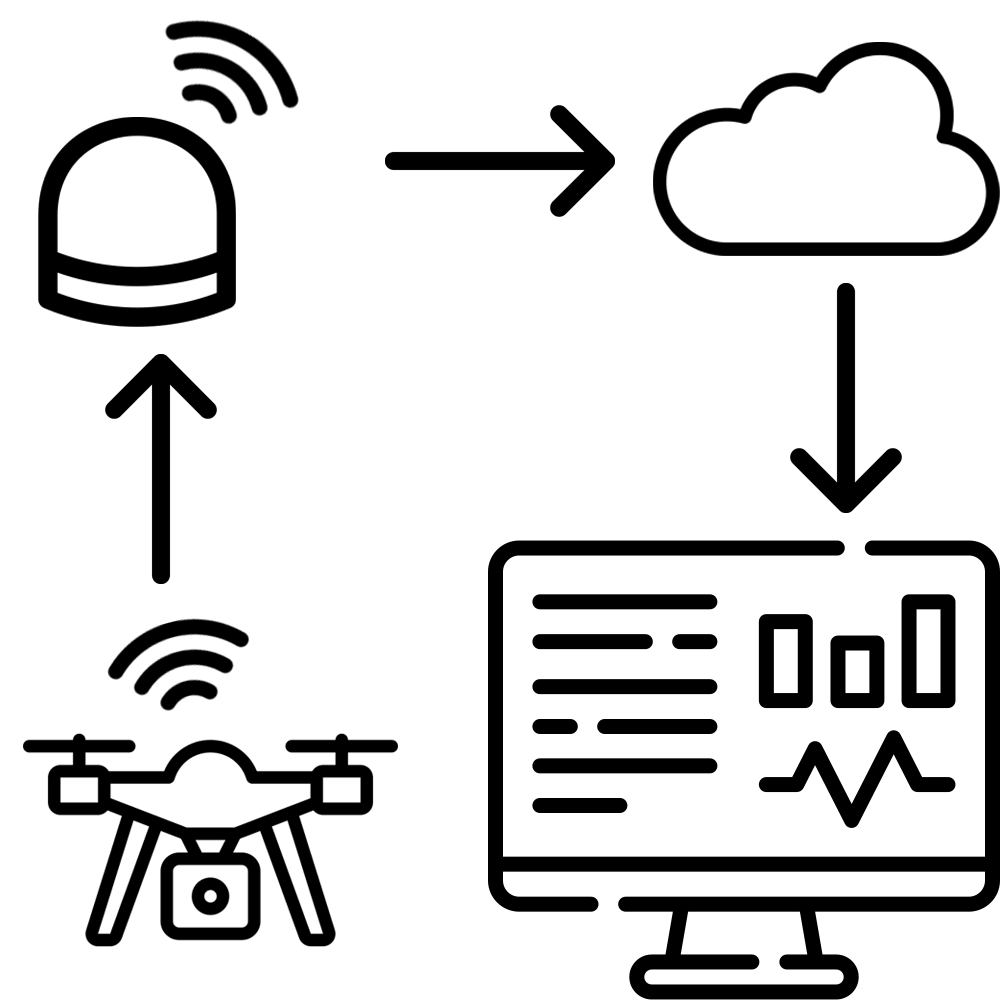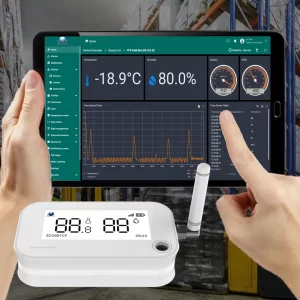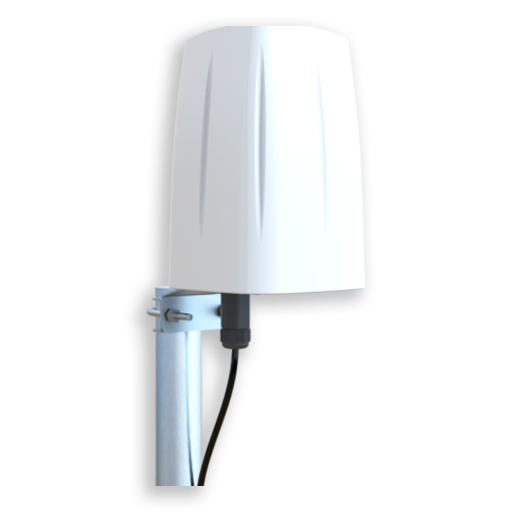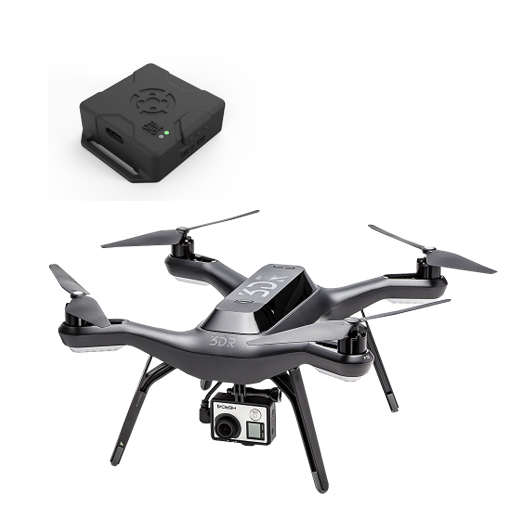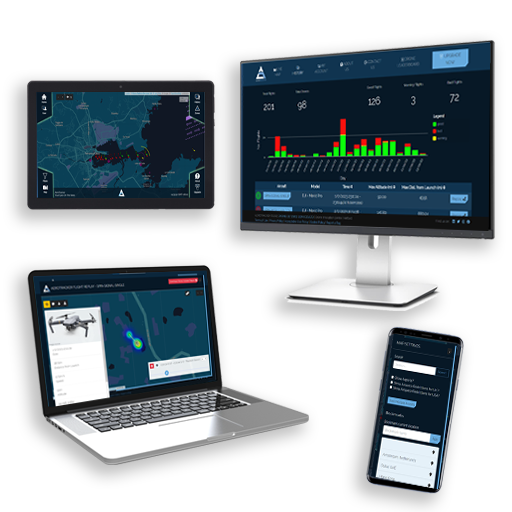Quick solution for
Features
Drone Detection System
Our sensor is designed to monitor compliant aircraft and drones. The sensor receives data via ADS-B feed, as well as remote ID, with the sensor being compliant with ASTM F3411-22 standards.
How does drone detection work?
Radio Frequency (RF) scanners provide the most cost-effective solution for detecting, tracking and identifying drones over a wide area. They have the ability to scan the electromagnetic spectrum and identify the specific transmissions from commercial drones. As long as the drone is transmitting a signal (like live video or telemetry) then our RF scanner will detect it. If the drone’s operator is also within our sensor network we have the ability to identify and track them so security services and law enforcement officials can respond.
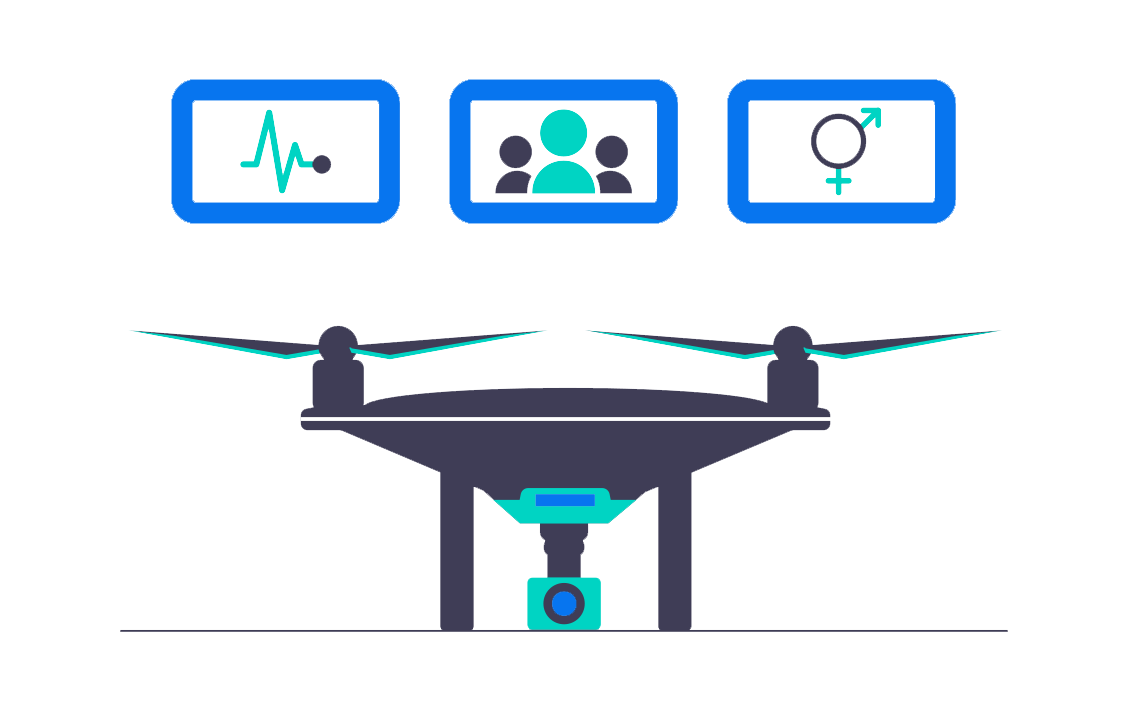
Video
Watch our promotional video below!
Benefits
FAQ
A drone is an unmanned aerial vehicle (UAV) or an unmanned aircraft system (UAS) that is remotely controlled or flies autonomously using onboard sensors and computer systems. Drones can range in size from small handheld models to large aircraft, and they are often equipped with cameras, sensors, and other technology to perform a variety of tasks.
In Singapore, drones are still widely used for recreational purposes. But we can see more business applications such as food package delivery by Food Panda, which shows the prospect of drone utility in time to come.
A drone detection system is a technology that is designed to detect and identify drones in a given area. It uses a combination of sensors, software, and analytics to detect the presence of drones and provide real-time information on their location and movements.
The range of a typical drone detection system can vary depending on the specific technology used and the size of the system. Some systems can detect drones up to several kilometers away, while others may have a more limited range.
With our system, you can detect drones as far as 2~5km away depending on terrain and built-up area
The accuracy of drone detection systems in determining the location of a drone can vary depending on the specific technology used and the conditions in which the system is operating. Some systems can provide highly accurate location data, while others may have a higher degree of uncertainty.
Some drone detection systems are able to differentiate between different types of drones based on their size, shape, and other characteristics. However, this capability can vary depending on the specific system and technology used.
There may be legal considerations when using drone detection systems, particularly with regard to privacy and data protection. It is important to ensure that the use of these systems complies with applicable laws and regulations.
Some drone detection systems may use technologies that can interfere with the operation of drones, such as jamming or spoofing. However, it is important to note that the use of these technologies may be subject to legal restrictions.
Some potential false positives that can occur with drone detection systems include the detection of birds, small aircraft, and other objects that may be mistaken for drones. It is important to carefully evaluate the accuracy of the system and take steps to minimize false positives.
With a RF system, the false positives are narrowed down to objects that emits RF signals. So birds, etc. would not be detected.


